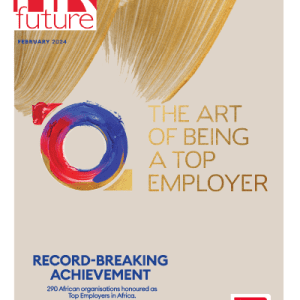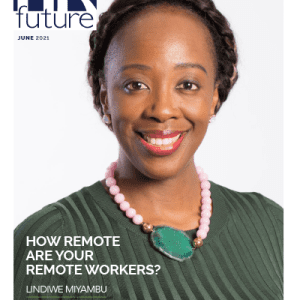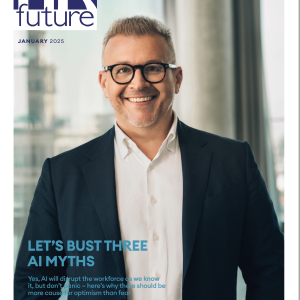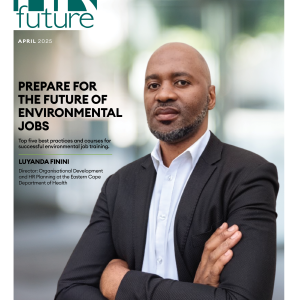The mining sector suffered significantly under the hard lockdown implemented on 26 March, which necessitated an unprecedented industry-wide shut down, the likes of which were not even seen during the second world war.
With the phased reopening of the South African economy in May, mines have resumed activity – albeit with new restrictions – a collective sigh of relief for a sector under pressure to meet production targets.
While most mines have been permitted to reopen with a limited workforce and increased safety and hygiene measures, new challenges have arisen in the wake of the lockdown.
There’s no denying that the industry faces unique difficulties. The seemingly overnight drop in commodity prices runs in parallel to the massive decline in the share prices of listed mining companies, offset by a very weak Rand.
This, added to the fact that the very nature of mining puts workers at increased risk of exposure to the virus. There are more than 400 000 people employed by the industry. On any given day, thousands of miners are dropped down underground shafts in crowded cages – making ‘social distancing’ impossible.
The situation is more manageable for open cast mines, where it is easier to adhere to distancing requirements. Mines within the PGM stable and iron ore also benefit from good stockpiles and global supply chain support.
While open cast mines are currently able to resume operations at 100% capacity, deep level mines are increasingly pressed to not only make up for lost output, but to meet production targets while operating at 50% capacity.
This has significant cultural ramifications for organisations. As we play catch up, businesses will naturally reassess how they can minimise costs and streamline efficiencies in an attempt to buffer the impact that lockdown had on output, as well as adjust their processes in response to the new ‘no-touch economy.
Efficiency without a culture change is unsustainable. While strategising, it is critical that companies not neglect their organisational culture. Any existing issues will become exacerbated in the face of the changed context within which we operate, and will become compounded with new challenges.
Mid and senior management need to ask themselves pertinent questions: How do you lead half your workforce, and engage with those who remain home? How do you energise and motivate in a time of fear and uncertainty? How do you communicate and lead?
This start-up phase offers an opportune moment for companies to reassess how they are demonstrating their organisational values. We need to look beyond COVID-19 and ensure that we have the right culture in place for the right reasons, and consider what capabilities we need to put in place to achieve this.
Crisis catalyses change. We can seize the opportunity to create a more dynamic culture, with better capabilities for leadership, devising relevant tools to deliver a more efficient, effective operation.
The industry is already well positioned to instil and manage the increased safety protocols. Given the high-risk nature of the work, mines are extremely safety-conscious and are proactive about putting robust protocols in place. They understand requirements such as PPE and have access to rapid response teams and their own on-site hospitals.
While automation is predicted to accelerate, technology is not a panacea. He believes that organisations should recognise that if automation is implemented too quickly without workforce buy-in and familiarity, companies will lose momentum and won’t see the benefit.
We need to focus on building genuinely sustainable, productive and healthy companies in a post-COVID-19 world.
We now have the opportunity for a holistic reset; one that should not be wasted.
Arjen de Bruin is the Managing Director at OIM Consulting.
























